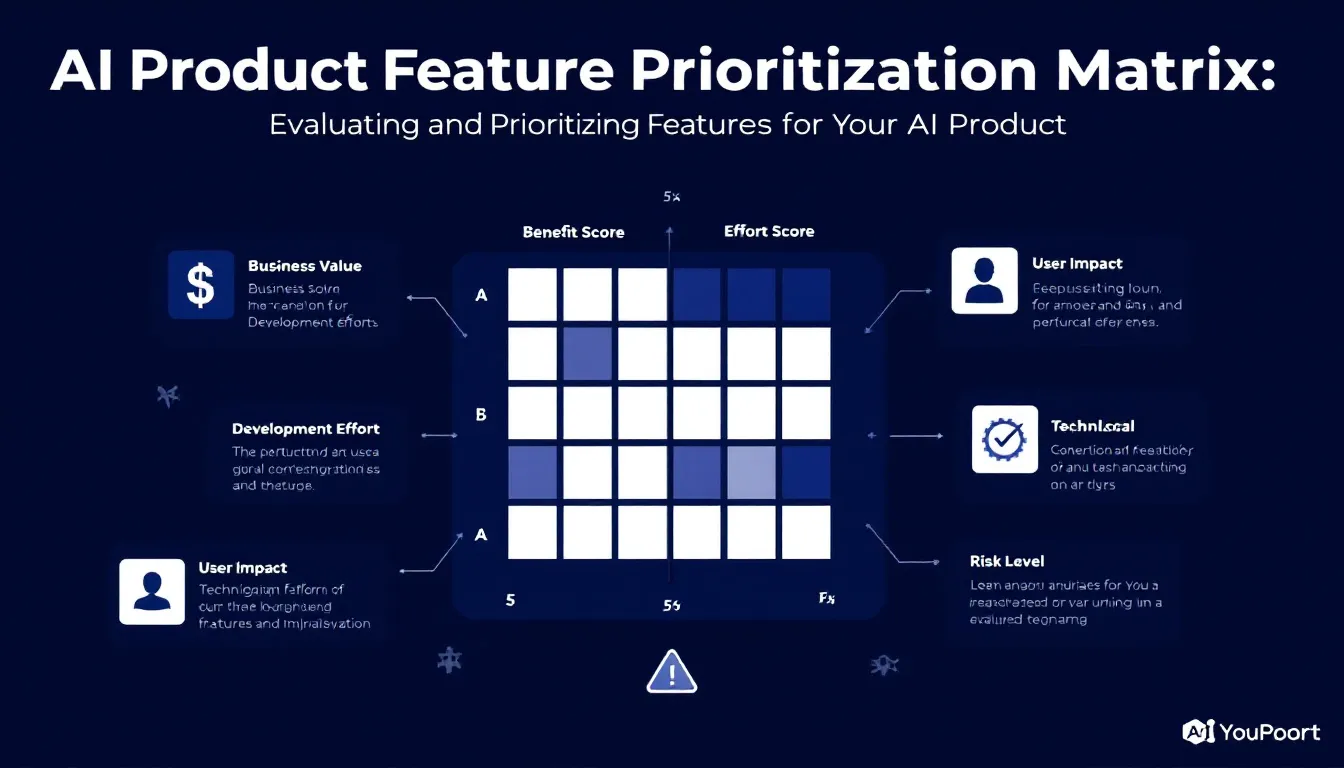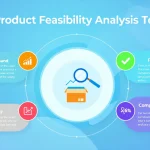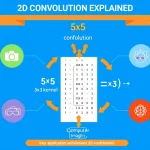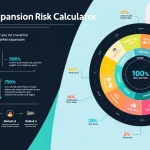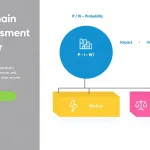AI Product Feature Prioritization Matrix
Is this tool helpful?
How to Use the AI Product Feature Prioritization Matrix Effectively
The AI Product Feature Prioritization Matrix helps you evaluate and rank features for your AI product by assessing key criteria. Follow these steps to get the most out of the tool:
- Enter Feature Name or Description: Provide a concise title or summary for the feature you want to assess, such as “Smart scheduling assistant” or “AI-driven anomaly detection.”
- Rate Business Value (1-5): Rate how much this feature will benefit your business. Use numbers from 1 (low value) to 5 (high value). For example, a “Personalized recommendation engine” might score 5, while a less critical feature gets a 2.
- Rate User Impact (1-5): Estimate the effect of the feature on user experience. A feature like “Multi-language support” could rate 5 for broad user appeal, while a minor UI improvement might rate 2.
- Estimate Development Effort (1-5): Assess how much work it takes to build the feature. 1 means simple, 5 means very complex. For instance, an “AI-powered email filter” might rank 2, whereas “Real-time 3D object recognition” might score 5.
- Rate Technical Feasibility (1-5): Consider how doable it is to implement with current tech. A rating of 5 means easy, 1 means very difficult. For example, “Basic chatbot integration” scores 4, while “Emotion recognition from video feed” may score 2.
- Assess Risk Level (1-5): Rate potential risks tied to the feature, such as compliance or complexity. Low risk is 1, high risk is 5. For example, “Automated billing system” might have risk level 3 due to financial impact, while a data analysis dashboard scores 1.
- Optional: Apply Custom Weights Adjust the importance of each criterion to align with your priorities. You can enter weights like “BV:1.3,UI:1.1,DE:1,TF:0.9,RL:0.7”. This lets you emphasize factors like Business Value or reduce the impact of Risk Level.
-
Optional: Add Multiple Features Use the provided text area to list additional features to prioritize, one per line, such as:
- Predictive maintenance alerts
- AI-driven content moderation
- Voice recognition commands
- Submit and Review Results: Click “Prioritize Features” to generate a ranked list based on your inputs. The tool calculates weighted scores, helping you identify which features deliver the most value and require manageable effort.
Introduction to the AI Product Feature Prioritization Matrix: Definition, Purpose, and Benefits
The AI Product Feature Prioritization Matrix helps product managers and developers make data-informed decisions about which AI features to build next. This structured tool evaluates features across multiple important factors using a simple rating system and optional customized weights.
What Is the AI Product Feature Prioritization Matrix?
It is a strategic framework combining several criteria—Business Value, User Impact, Development Effort, Technical Feasibility, and Risk Level—to score and rank AI product features. The matrix turns subjective opinions into quantitative scores to guide your product roadmap.
Why Use This Prioritization Tool?
- Objective Decision-Making: Base your choices on clear data instead of guesswork or personal preferences.
- Efficient Resource Allocation: Focus development efforts on features that maximize return on investment.
- Improved Stakeholder Alignment: Use a shared, transparent process to build consensus across teams.
- Risk Awareness: Identify feature risks early and avoid potential setbacks.
- Customizable Criteria Weighting: Tailor importance levels of criteria to fit your project’s unique goals.
- Scalable for Complex Products: Handle many features consistently as your AI product grows.
Benefits of Applying This Matrix in AI Product Development
- Data-Backed Prioritization: Replace guesswork with measurable criteria for better outcomes.
- Faster Time-to-Market: Prioritize high-value, low-effort features to accelerate releases.
- Enhanced Collaboration: Build a common language around feature value and feasibility.
- Balanced Decision Framework: Weigh technical challenges and business impact equally.
- Transparency in Prioritization: Justify decisions with clear scores and rationale.
- Flexibility: Adapt weights and inputs as project needs evolve or market demands shift.
Practical Usage and Example Calculation of the Prioritization Matrix
You use the form to enter ratings for each feature across all evaluation criteria. The matrix computes a final priority score by combining these ratings with any custom weights you provide.
Basic Priority Score Formula
The priority score $$ P $$ for a feature is calculated as:
$$ P = \frac{(BV \times w_{BV}) + (UI \times w_{UI}) + (TF \times w_{TF})}{(DE \times w_{DE}) \times (RL \times w_{RL})} $$where:
- BV, UI, DE, TF, RL = ratings for Business Value, User Impact, Development Effort, Technical Feasibility, and Risk Level, respectively
- w = custom weights for each criterion (default is 1 if none are specified)
Example Calculation
Say you have a feature titled “Autonomous customer support chatbot” with the following scores:
- Business Value (BV): 5
- User Impact (UI): 4
- Development Effort (DE): 3
- Technical Feasibility (TF): 4
- Risk Level (RL): 2
You assign custom weights:
- Business Value: 1.5
- User Impact: 1.2
- Development Effort: 1
- Technical Feasibility: 1
- Risk Level: 0.8
Applying the formula:
$$ P = \frac{(5 \times 1.5) + (4 \times 1.2) + (4 \times 1)}{(3 \times 1) \times (2 \times 0.8)} = \frac{7.5 + 4.8 + 4}{3 \times 1.6} = \frac{16.3}{4.8} \approx 3.40 $$This score suggests a high-priority feature, considering the balance of value, effort, feasibility, and risk.
How to Interpret Scores
- Higher $$ P $$ values indicate features that offer strong business and user benefits at manageable effort and risk.
- Use these scores to rank features and decide which to develop next.
- Adjust weights to reflect strategic priorities, such as emphasizing risk reduction or maximizing user impact.
By regularly applying this matrix, you keep your AI product development focused, transparent, and aligned with your business goals and user needs.
Important Disclaimer
The calculations, results, and content provided by our tools are not guaranteed to be accurate, complete, or reliable. Users are responsible for verifying and interpreting the results. Our content and tools may contain errors, biases, or inconsistencies. Do not enter personal data, sensitive information, or personally identifiable information in our web forms or tools. Such data entry violates our terms of service and may result in unauthorized disclosure to third parties. We reserve the right to save inputs and outputs from our tools for the purposes of error debugging, bias identification, and performance improvement. External companies providing AI models used in our tools may also save and process data in accordance with their own policies. By using our tools, you consent to this data collection and processing. We reserve the right to limit the usage of our tools based on current usability factors.
